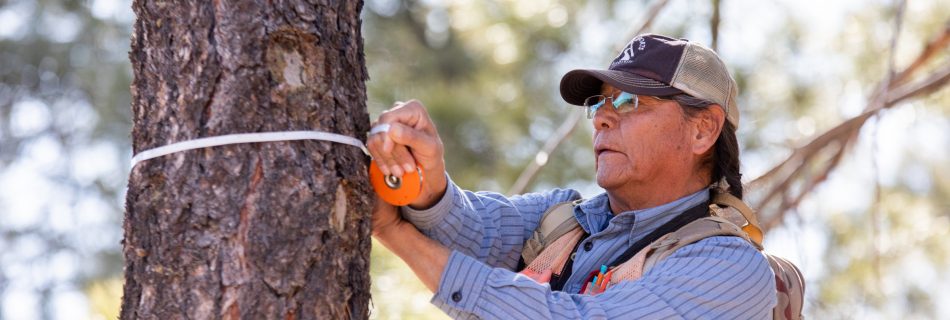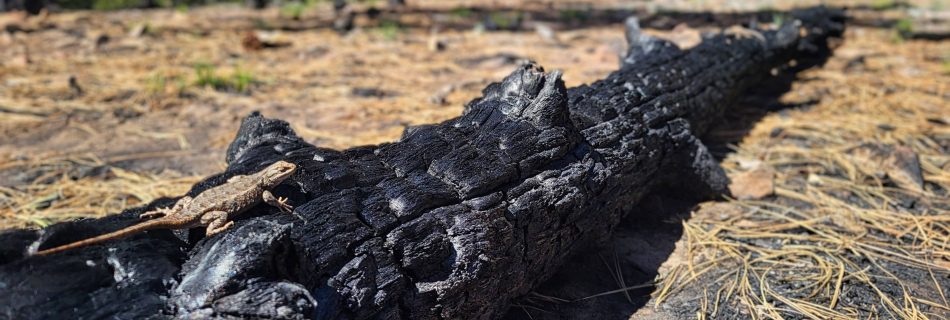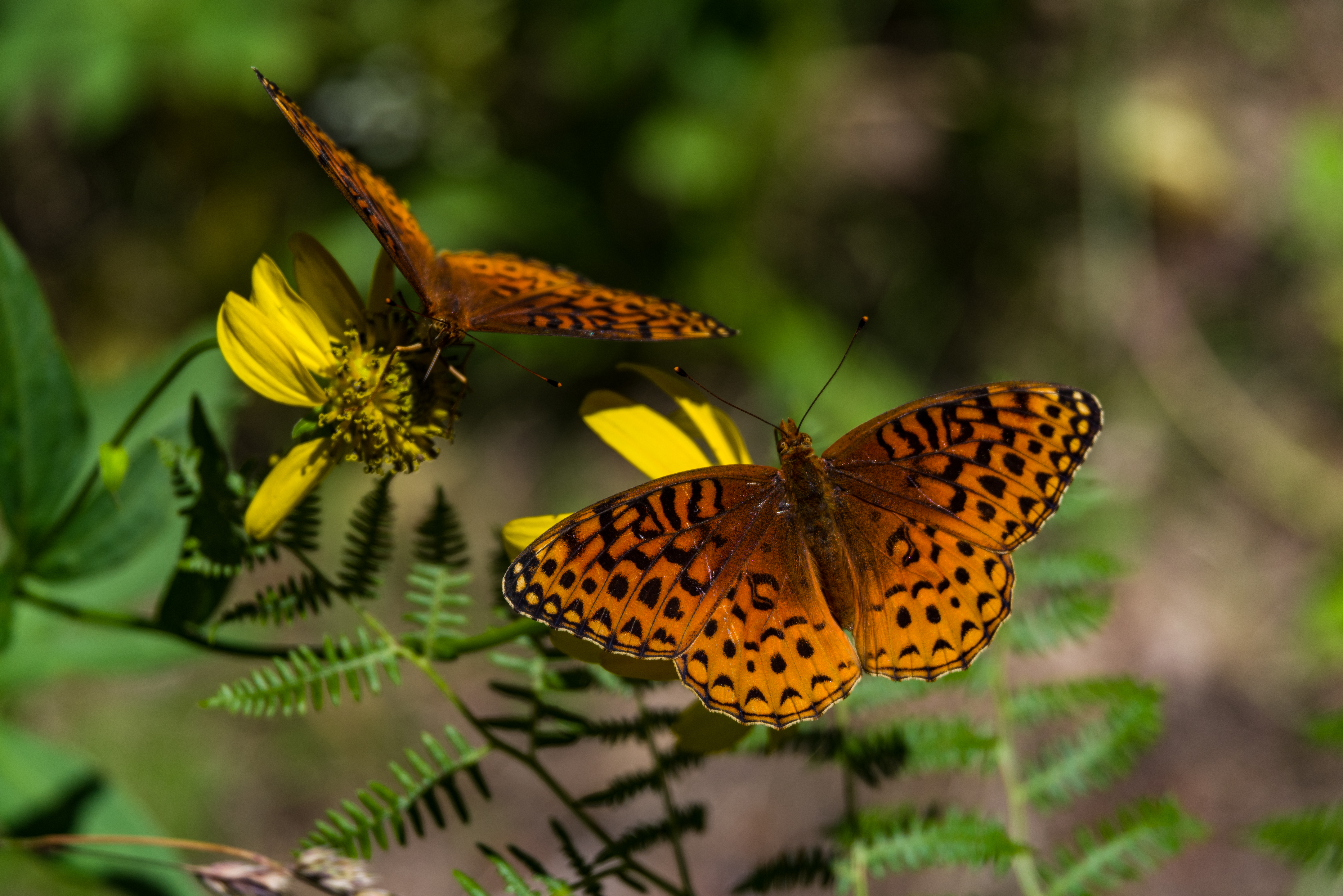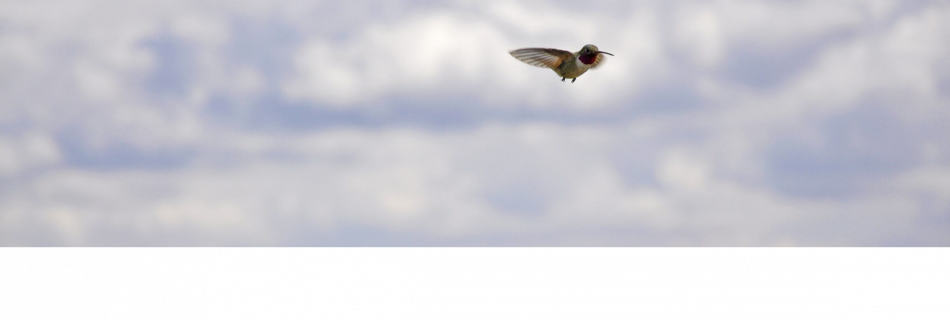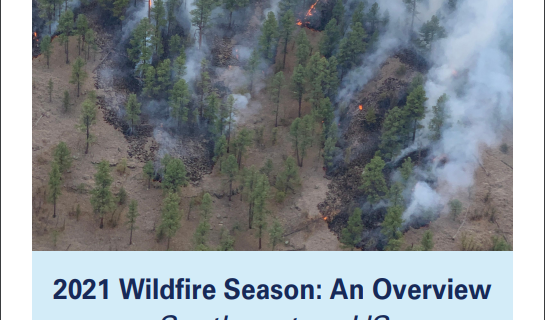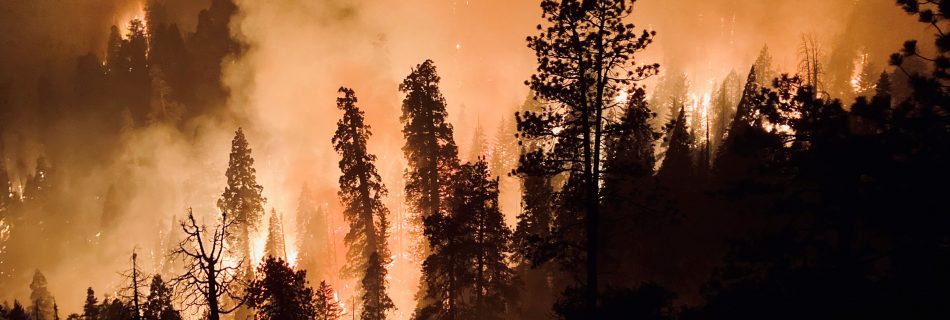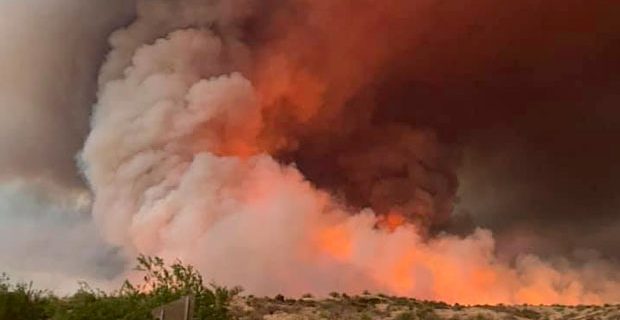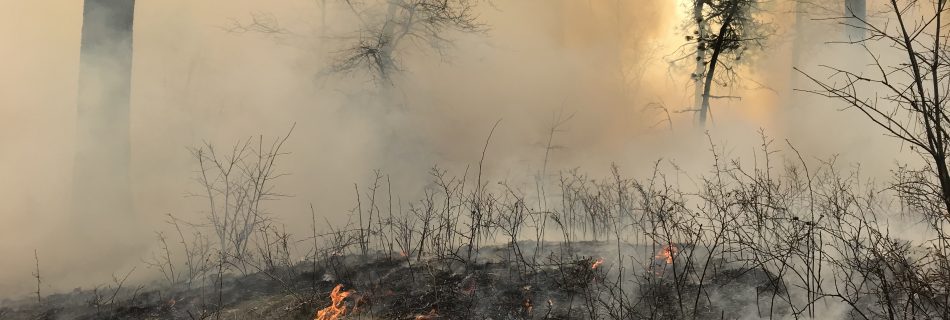Fire in the Southwest Series Ep. 3: Integrating Indigenous Knowledge into Western Fire Management with Jon Martin
EPISODE SUMMARY Welcome to our third episode of our Fire in the Southwest series! In this episode, we spoke with Jon Martin, who is the Director of Native American Forest and Rangeland Management Programming at the Ecological Restoration Institute at Northern Arizona University. Jon spent three decades working in forestry before retiring, and now uses his extensive …

